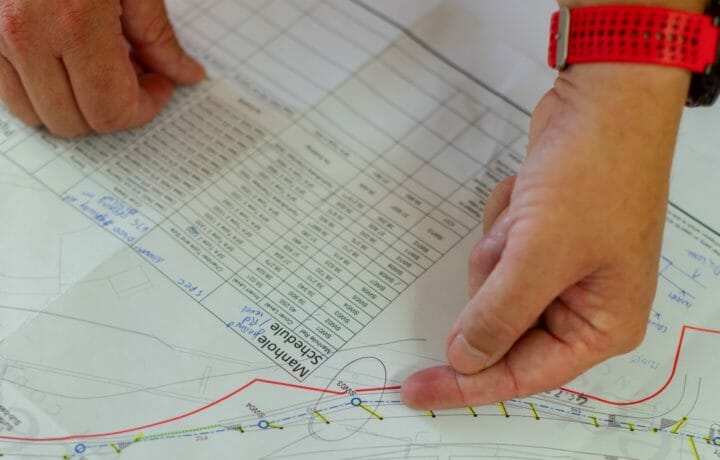While most of the headlines are reporting on the use of drones – unmanned aerial vehicles – for combat and intelligence gathering, their use in private business is growing. A publicity stunt engineered by Amazon UK, the first Amazon delivery to a customer via drone, drove British news media coverage this week. The BBC reports that the autonomous, GPS guided drone, delivered a package to an Amazon customer in Cambridge, England, just 13 minutes after it was ordered.
The delivery was made December 7 but not announced until December 14. The drones are capable of flying at altitudes of up to 400 feet and can carry a package weighing as much as five pounds. Amazon calls this service Amazon Prime Air.
While most customers do not live within the limited range of these small drones, the company sees a market for rapid delivery to those who do. The test program highlighted in the media was undertaken in the UK because approvals have already been received for drone operations. The FAA has not yet approved similar programs in the United States.
This type of commercial use does not require pilots. It will require mechanics capable of repairing both drone electronics, other systems and airframes.
Other Drone Applications
The Electric Power Research Institute recently hosted a conference titled “Unmanned Aircraft Systems for Transmission Applications.” The not for profit has partnered with utilities nationally to explore such vital services as transmission line inspections. Currently, lines are inspected by personnel in vehicles or on foot. In some cases, lines are inspected by helicopter.
After an outage or interruption, the site of the fault must be located by the utility as rapidly as possible. The lines, especially the high tension lines, often run through rugged terrain that makes personal inspections difficult. After a natural disaster such as an ice storm or hurricane, such inspections are both dangerous to personnel and slow to conduct.
Helicopters have a role but come with several burdens. They are expensive and there is often limited availability, especially after a disaster. Remotely piloted drones can provide a safer and less costly alternative.
These commercial applications do require a pilot, and with some airframes, may require a payload specialist or video operator. Mechanics and electronics experts are also in demand.
In mid-November, the FAA and the Air Force conducted research around the Denver, Colo. area examining ways to detect drone operation. This is one of six such evaluations to be conducted in the next few months, in places such as Atlanta, New York City and Dallas. The key to implementation of commercial drone uses is the ability to avoid air space collision and these large urban airports are the proving ground.
Amazon has demonstrated that it can deliver a package in 13 minutes. EPRI has tested the ability of drones to inspect hundreds of miles of electric transmission lines. The FAA is trying to determine how to operate drones safely in a crowded environment. The routine use of drones in the private sector is on the cusp, with the potential to grow very rapidly. That growth will require trained personnel and those personnel will benefit from the larger salaries commanded by the first to enter the field.




